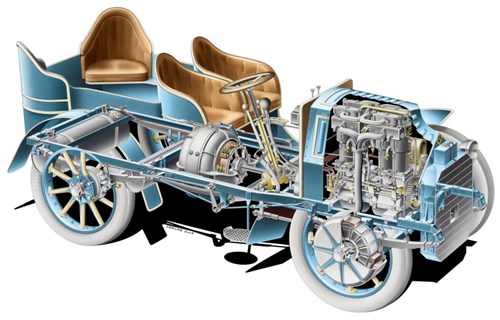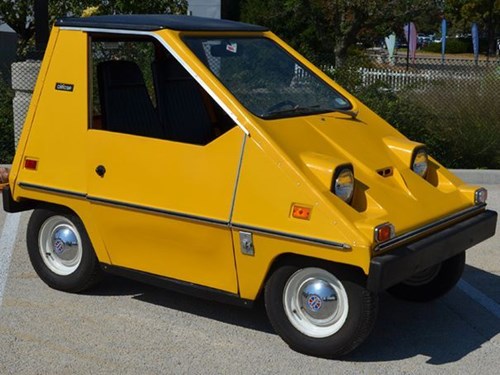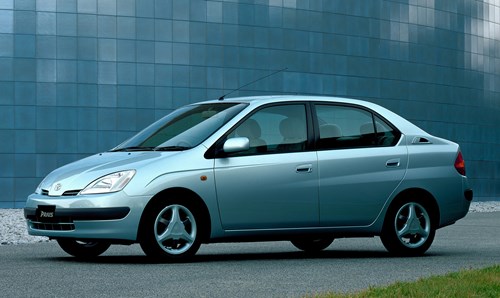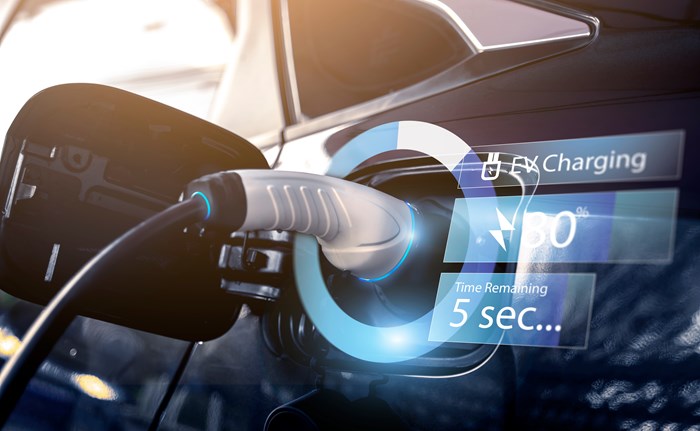Electric cars are a new technology, right? Wrong. They’ve actually been around a lot longer than you might think. Even before Henry Ford’s Model T was introduced in 1908! In fact, it was the release of the Model T that led to a drop in popularity of the electric car.
The history of the electric car goes right back to 1828 when the first small scale electric cars were produced by innovators in Hungary, the US and the Netherlands. The actual inventor of the first electric car is still debated, however it was Hungarian inventor Anyos Jedlik who created an electric motor that powered a small model carriage, closely followed between 1832-1839 by an electric carriage that could carry people broadly thought to have been invented by Scotsman Robert Anderson.
In 1865 French physicist Gaston Plante invented a rechargeable battery that would pave the way to make electric cars more practical, and another Frenchman, chemist Camille Faure invented the basic lead-acid battery in 1881. As well as powering cars, his battery was also used to power the first submarine in 1886 and to light up Paris!
In 1884, Englishman Thomas Parker invented an electric vehicle that ‘was the first that had the potential to be mass-produced and truly revolutionise how people travelled’.

Various other inventors and engineers developed a number of other models around this time, which resulted in an electric car making the first ever speed record on the 18th December 1898.
By 1899 electric cars were gaining in popularity because they were quiet, easy to drive and didn’t emit smelly pollutants compared to the gas and steam powered equivalents. There was even a fleet of electric cabs in London introduced in 1897 by Walter C Bersey.

By 1900-1912 electric vehicles reached their peak and accounted for around a third of all vehicles on the road in the US, with many innovators including electric lightbulb inventor Thomas Edison started work on building better batteries for them.
Even Hybrid cars aren’t new, with the first ever hybrid electric car actually being invented by Ferdinand Porsche in 1901 (yes he did found Porsche motor company too!). It was called the Lohner-Porsche Mixte. Though this car did not prove commercially viable, it played a key part in engineering.

Following a few years of electric cars being all the rage, Henry Ford started mass producing the Model T in 1908, which brought the cost of petrol-powered vehicles down considerably, This made them a much cheaper option, and with better roads and cheap crude oil, the decline of electric vehicles began. This decline sped up with the invention of the electric starter by Charles F Kettering, which removed the need for a hand crank to start up a petrol-powered car.
By 1935, electric vehicles had all but disappeared and petrol stations had started popping up, making petrol powered cars more popular than ever.
Petrol powered vehicles continued to gain in popularity for around 30 years until the late 60’s, when a spike in petrol prices began to rekindle an interest in electric vehicles again. Around the same time, NASA’s first manned vehicle, the Lunar Rover drives on the moon and is fully electric, raising the profile of electric vehicles.
As greater awareness of air pollution and damage to the environment increased, in the US Congress introduced the first bills to promote electric cars in 1966, and in 1970, the Environmental Protection Association introduced a Federal Clean Car Incentive in 1970.
This spurred on the invention and building of the first full powered, full size hybrid car, built from a Buick Skylark in 1972.
In 1973, General Motors also developed a prototype for an urban electric car, which was displayed at the First Symposium on Low Pollution Power Systems Development.
Lots of car manufacturers began experimenting with electric cars, and one of the most successful in the mid 70’s was the Sebring-Vanguard CitiCar. It had a range of 50-60 miles and its popularity made Sebring-Vanguard the sixth largest carmaker by 1975. However, it had its limitations for people travelling longer distances on faster roads (its top speed was around 30MPH)

It wasn’t until the 90’s that a real revolution in hybrid cars came following new regulations on emissions and a renewed interest in electric cars. Carmakers began experimenting with modifying popular existing models into electric vehicles to get them closer in speed and performance to their petrol counterparts.
General Motors released the EV1 in 1996, which quickly gained a cult following due to its futuristic look. However, in Japan, it was Toyota who made the biggest impact in the hybrid market with the launch of the Prius worldwide in 2000. This became an instant success amongst celebrities and sold nearly 18,000 units in its first year.

Hot on the heels of Toyota, a young start-up called Tesla entered the electric car market in 2006, unveiling the Tesla Roadster at the San Francisco International Auto Show.
As the popularity of electric cars started to increase, so did the charging infrastructure. In the US, the Energy Department invested in 18,000 residential, commercial and public chargers between 2009-2013 (there are now 8000 public charging points in the US).
In 2010, GM released the Chevy Volt in the US, which marked a first for plug-in hybrids. The Energy Department developed the technology used in the battery of the Volt and also supported Nissan with a loan to allow it to begin assembling it’s LEAF, a zero emission all electric car in 2013 in Tennessee.
More importantly, governments around the world started to invest in batteries used for electric/hybrid cars, which reduced the cost of them considerably, making them an accessible alternative to petrol cars.
By 2014, there were 23 plug-in and 36 hybrid cars on the market and by the end of 2021 there were more than 200 models of EV’s available globally.
In the UK, there were 745,000 plug in electric vehicles registered in 2021, of which 395,000 were battery electric vehicles.


